Atelier Takumi: the Rebirth of Japanese Craftsmanship
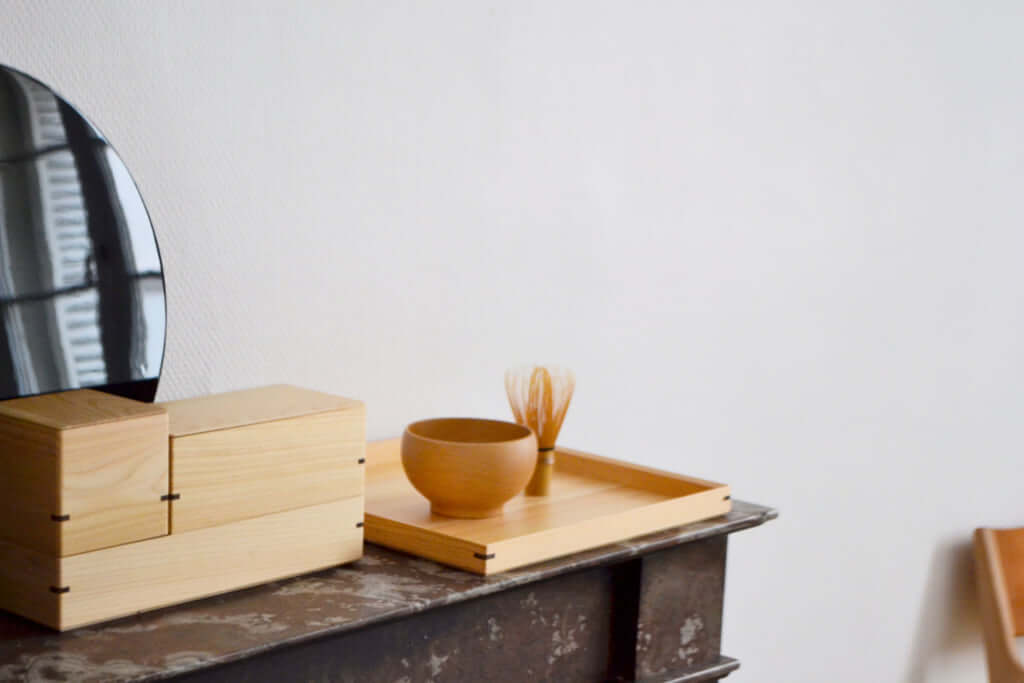
A step away from the norm. Moving away from habits and controlled gestures that have been repeated thousands of times. Offering the freedom to invent new habits, without spoiling craftsmanship or suppressing expertise. Atelier Takumi, a design brand created by Yannick Chadet-Dufait in 2015, is breathing a hint of modernity into traditional, age-old Japanese craftsmanship.
Thus, tatami mats are transformed into handbags, and lacquer is no longer used to coat delicate bowls, but instead to create a mirror. When he started out, Yannick Chadet-Dufait designed 80% of the collection himself, but now the young entrepreneur, who studied fine art, is surrounded by young names from the French design scene. Their designs then come to life in the hands of Japanese craftspeople.
“It’s a three-person job, and our aim is to look at craftsmanship in a different way rather than to distort it. The artisan needs to like the finished product, as they inject a lot of themselves into the creation”, explains Yannick Chadet-Dufait. “Atelier Takumi seeks to help to protect craftsmanship and the transmission of expertise, which is becoming increasingly difficult in this day and age.”
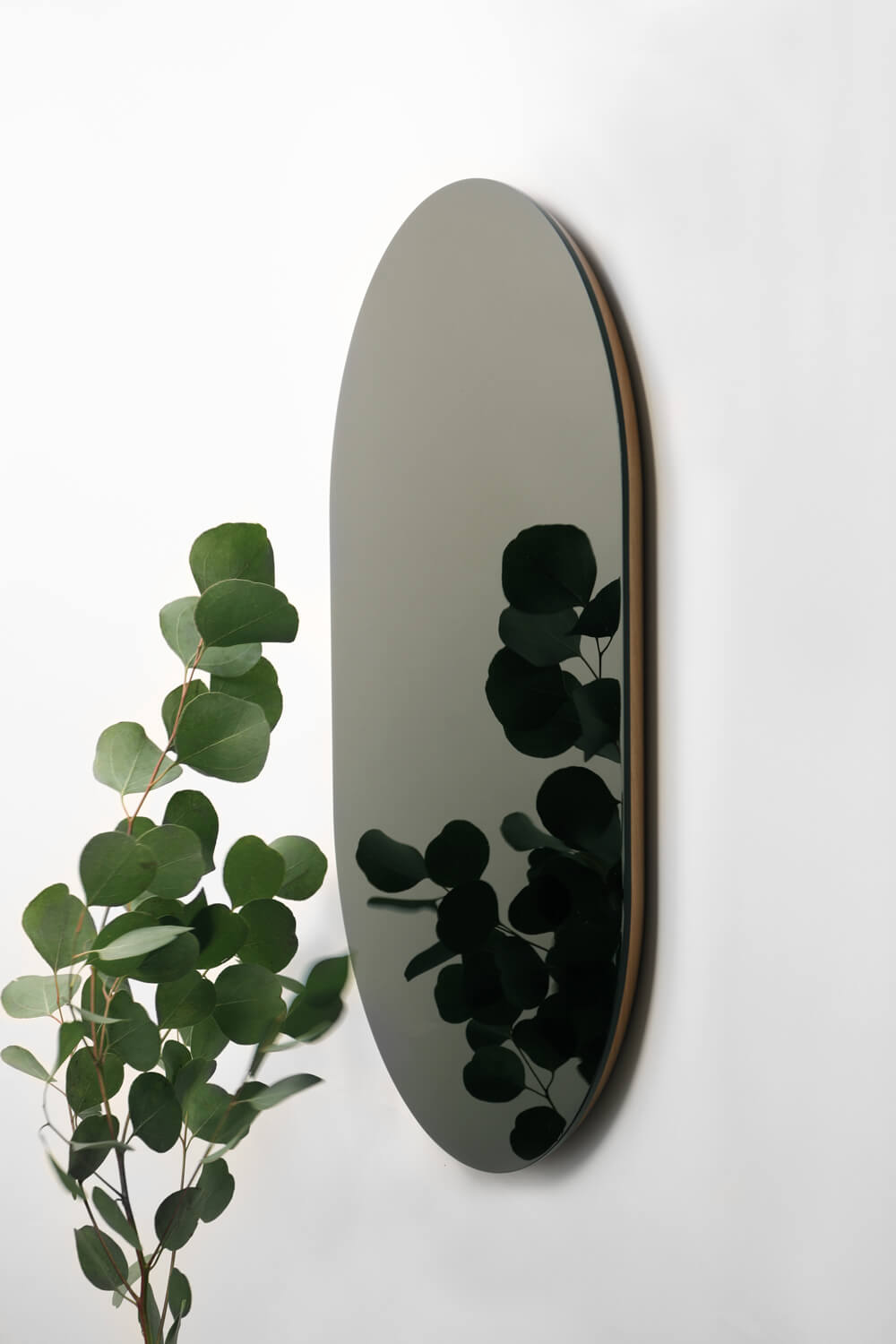
Promoting craftsmanship
The designer is therefore surrounded by ultra-qualified Japanese artisans who have been selected to enhance either a material or a technique, and who are sometimes its last remaining masters. “We work with an artisan who specialises in ranma, the wood carvings that are found above tokonomas in traditional houses. There are only ten of them left in Japan”, he reveals.
These are products designed in France and made in Japan by hand, and which could end up in any interior setting in any country around the world. “We create modern, universal products that can be used just as effectively in Europe as in Japan”, Yannick Chadet-Dufait adds.
He remains discreet when it comes to having his name appear on the products sold by the brand. Only the names of the young designers and the Japanese artisans are marked on the pieces. “The idea is for us to create a product with consumer appeal and which acts as a gateway to this form of craftsmanship and which, we hope, will then open up other markets to the artisan.”
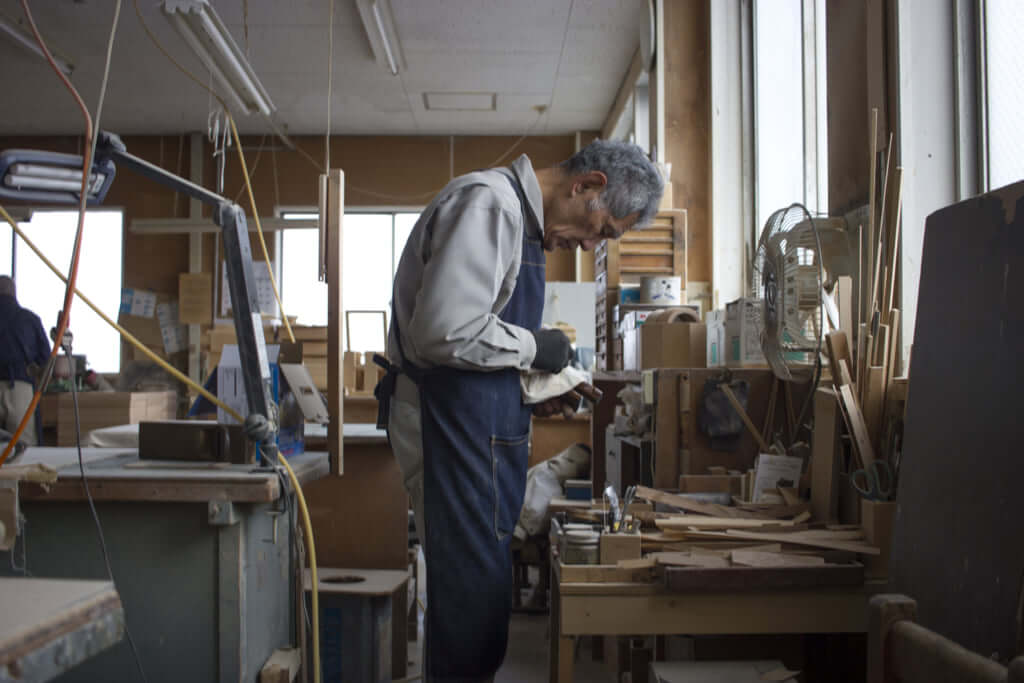
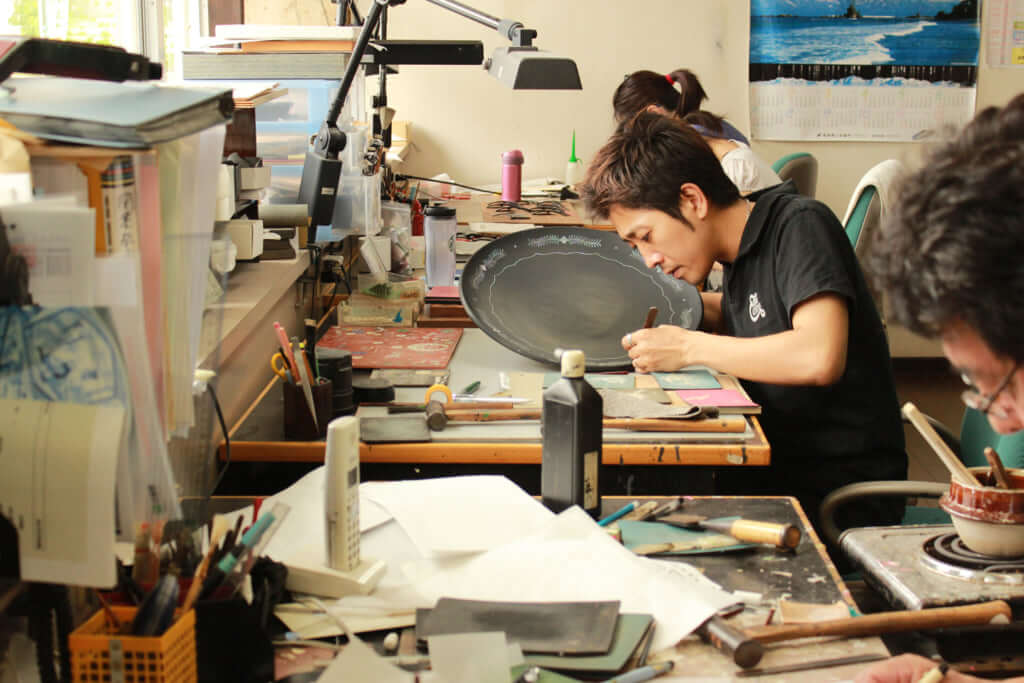
Objects with a surprise factor
One of the objects that best represents this twist that Atelier Takumi holds so dear is the Shikkoku mirror. The name is a reference to this jet black colour, which is extremely symbolic in Japan, and born out of the teams’ desire to focus primarily on the reflective properties offered by lacquer. Its use is a million miles away from how lacquer is normally used in Japan. “The aim is to create a sense of curiosity and sharing; to generate an experience”, explains Yannick Chadet-Dufait.
There are also some little modular boxes, Hako, which employ the kumiki technique of wood assembly without screws or nails, and which are made from Hinoki, an endemic type of wood which only grows in Japan and Taiwan.
These little details are what make Atelier Takumi what it is, alongside Japanese philosophy, which promotes the idea that the story an object carries within is just as important as the object itself. Mission accomplished.
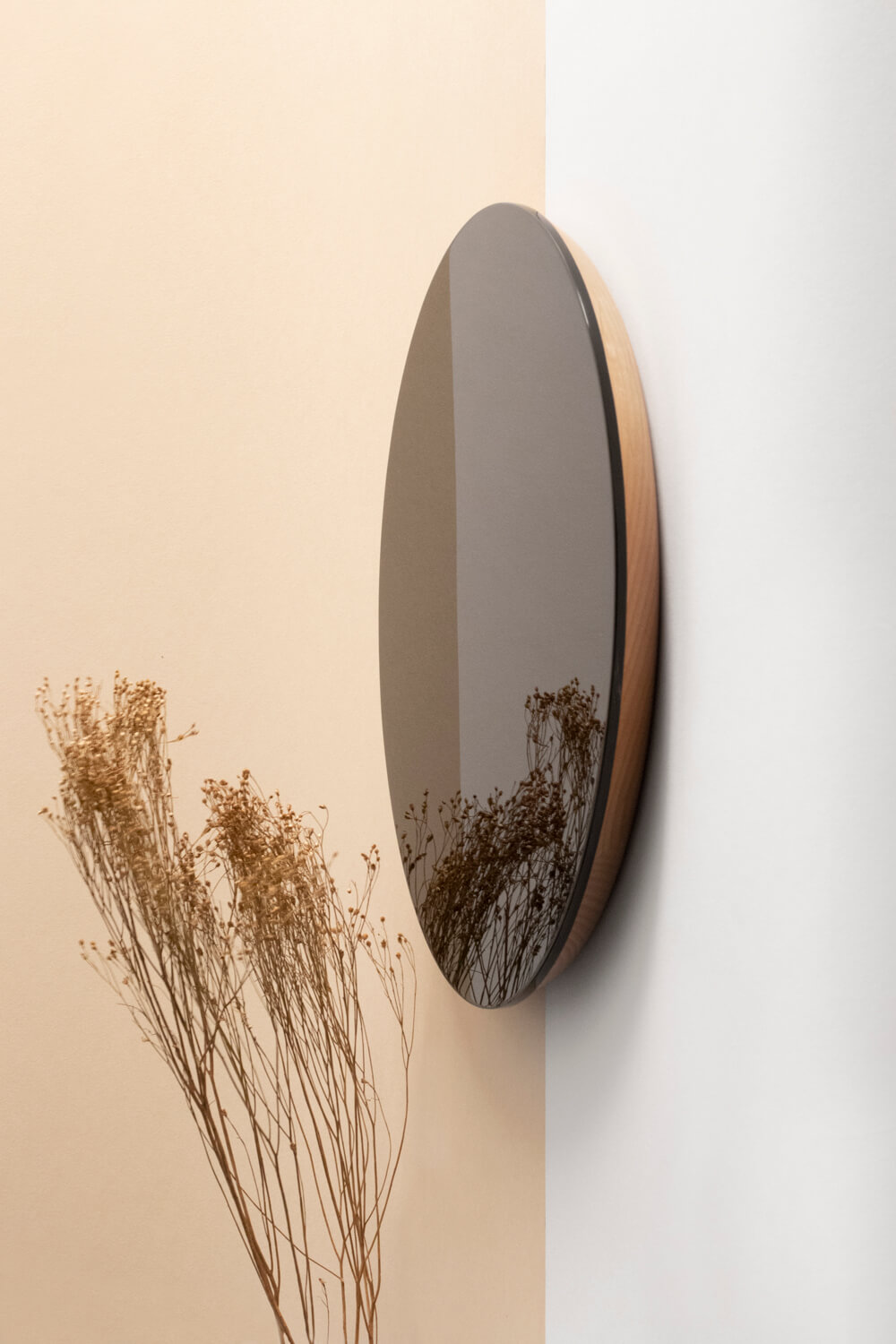
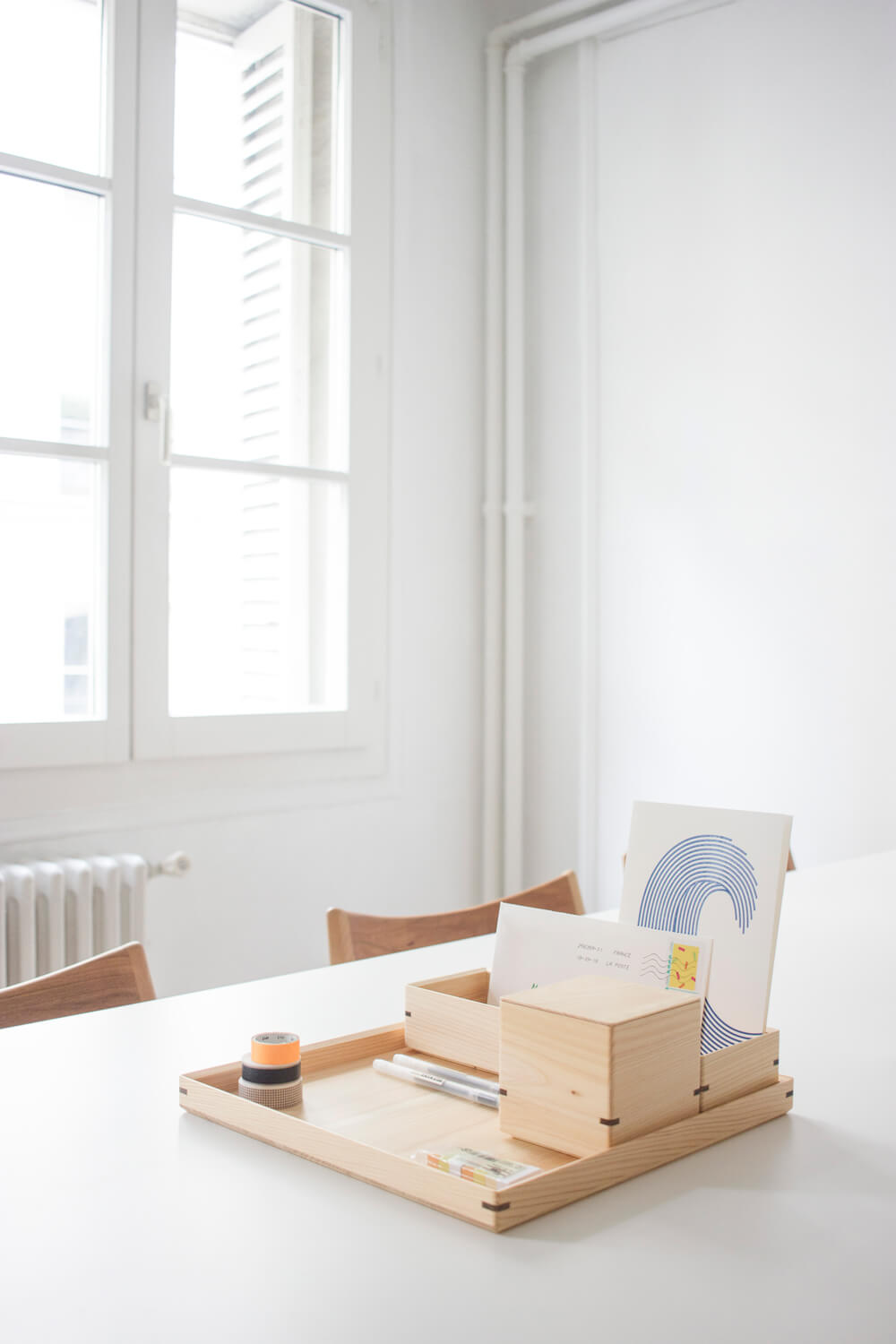

TRENDING
-
Ishiuchi Miyako, A Singular Perspective on Women
Recipient of the 2024 Women in Motion Award, the photographer creates intimate portraits of women through the objects they left behind.

-
Recipe for Ichiraku Ramen from ‘Naruto’ by Danielle Baghernejad
Taken from the popular manga with the character of the same name who loves ramen, this dish is named after the hero's favourite restaurant.

-
Namio Harukawa, Master of Japanese SM Art
'Garden of Domina' offers a dive into the world of an icon of ‘oshiri’, whose work has now reached a global audience.

-
The Tattoos that Marked the Criminals of the Edo Period
Traditional tattoos were strong signifiers; murderers had head tattoos, while theft might result in an arm tattoo.

-
The Emperor of Japanese Porn is Now the Star of a Netflix Series
Deliciously funny, The Naked Director especially succeeds in reviving the atmosphere that was so characteristic of 1980s Japan.





